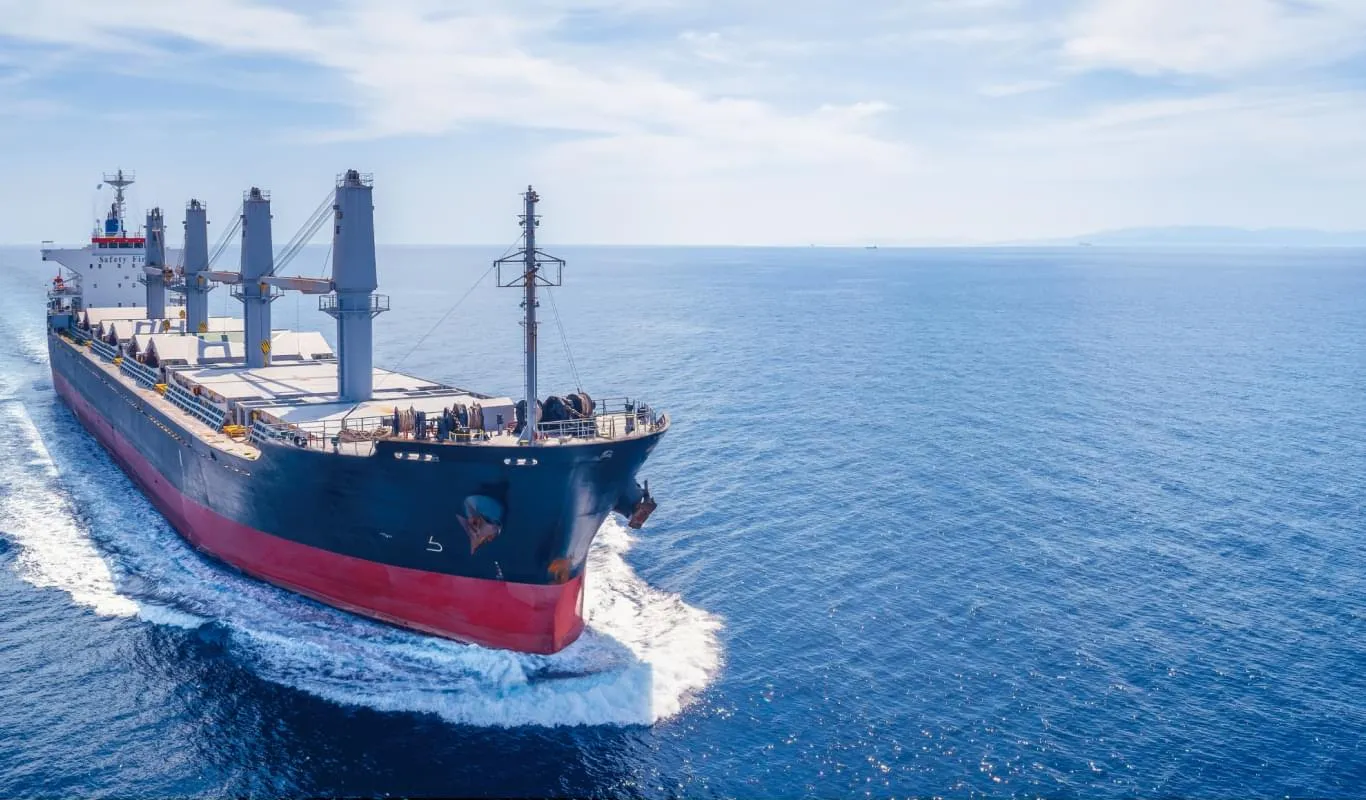The latest round of US-China tensions seems to be over, with what appears to be another “good deal”, thus ending the emergency situation in the shipping industry as well . In its latest weekly report, shipbroker Gibson said that “after causing headaches and logistical issues across the maritime sector, the meeting between Trump and Xi Jinping appears to have resulted in the cancellation of the US Trade Representative’s (USTR) Section 301 tariffs targeting Chinese owned, operated or built ships. China has pledged to also lift its own retaliatory measures. For those companies who switched out Chinese financing, removed US citizens from their boards and took other drastic steps to limit their exposure to each country’s respective fees, the news is likely to be met with both relief and exasperation. So, what does it mean for the freight market?”
According to the Gibson, “the removal of these measures should be bearish for freight levels. The VLCC market in particular has been impacted over the past two weeks by confusion over which vessels can call China without the risk of fees. In theory, with these issues now removed, charterers should see increased options when it comes to fixing. In isolation, freight should come under pressure, but with other factors (such as sanctions, among others) driving the market, this is far from guaranteed. As per our previous updates, Suezmaxes and Aframaxes were always going to be less impacted by Chinese port fees given much more diverse trading options, compared to VLCCs where nearly 40% of cargoes discharge in China. However, conversely, Suezmaxes and Aframaxes were much more exposed when it came to USTR related port fees, where any Chinese owned, operated, or built ship in these asset classes would face fees on exports to the US. Here freight volatility was in part being fuelled by which ships could call the US without facing fees”.
“For clean tankers, ahead of the Oct 14th implementation, we saw owners and operators move China linked vessels away from the USG region which may have contributed to freight volatility in the region, although other drivers were also clearly at play. However, given Chinese built (but not owned) LR1s, MRs and Handies were exempt, the impact of USTR on the clean sector was more muted. Retaliatory Chinese port fees on the other hand were causing more of a headache for the clean sector East of Suez. Freight rates for MRs in the Far East have barely moved since the measures were introduced, however for LRs, longer haul naphtha trade into the region was feeling the pinch. Given several large LR2 owners are listed in New York, TC1 rates rose following the implementation of the measures and now could be at risk given charterers should have a broader choice of vessels at their disposal. The question here is does the removal of logistical constraints spur more LR2 naphtha trade to Asia? Our brokers feel that volumes were impacted by the measures, and could now be primed for a rebound, particularly as maintenance in the Middle East begins to wrap up over the next few weeks”, the shipbroker said.
Gibson concluded that “on balance, these developments should be bearish for freight rates, but with both broader geopolitical factors and fundamentals supporting the markets, the removal of USTR and Chinese port fees in isolation may be insufficient to cool markets. However, as we await the full text from the White House, questions are also being asked as to what other positive impact the proposed trade deal might contain. Talks of increased US energy purchases could be positive for VLCCs in particular, if China commits to major US crude purchases. However, past experience has shown us that commitments to make big energy purchases are rarely delivered in full”.
Nikos Roussanoglou, Hellenic Shipping News Worldwide





